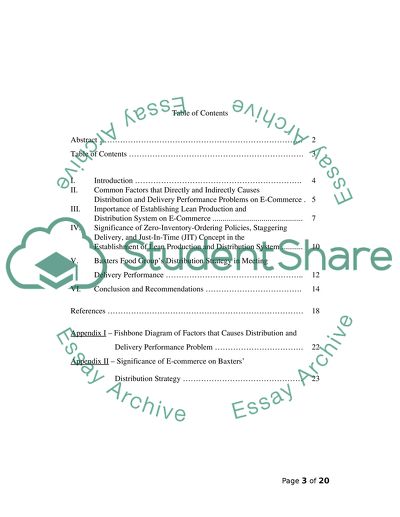Cite this document
(“A Look at a Baters Food Group's Distribution Strategy in Meeting Essay”, n.d.)
A Look at a Baters Food Group's Distribution Strategy in Meeting Essay. Retrieved from https://studentshare.org/e-commerce/1443379-coping-with-e-commerce-a-look-at-firmyies
A Look at a Baters Food Group's Distribution Strategy in Meeting Essay. Retrieved from https://studentshare.org/e-commerce/1443379-coping-with-e-commerce-a-look-at-firmyies
(A Look at a Baters Food Group'S Distribution Strategy in Meeting Essay)
A Look at a Baters Food Group'S Distribution Strategy in Meeting Essay. https://studentshare.org/e-commerce/1443379-coping-with-e-commerce-a-look-at-firmyies.
A Look at a Baters Food Group'S Distribution Strategy in Meeting Essay. https://studentshare.org/e-commerce/1443379-coping-with-e-commerce-a-look-at-firmyies.
“A Look at a Baters Food Group'S Distribution Strategy in Meeting Essay”, n.d. https://studentshare.org/e-commerce/1443379-coping-with-e-commerce-a-look-at-firmyies.


